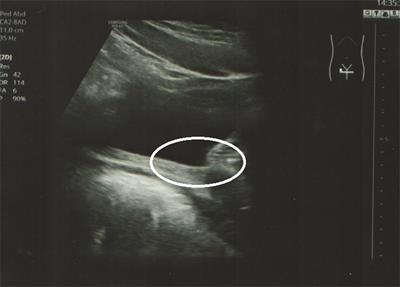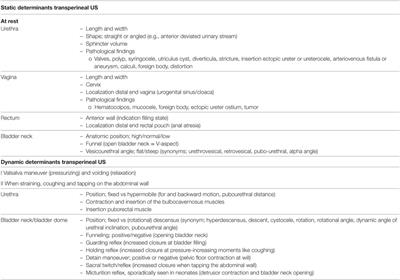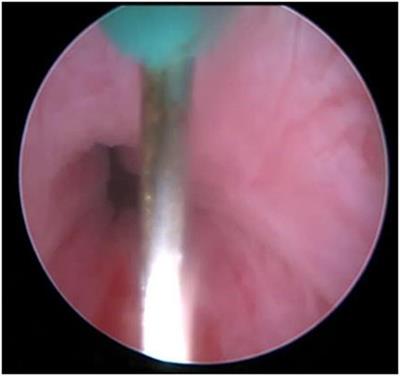EDITORIAL
Published on 08 Aug 2018
Editorial: Urinary Incontinence in Children: Controversies Concerning the Bladder Outlet
doi 10.3389/fped.2018.00216
- 1,410 views
3,036
Total downloads
31k
Total views and downloads
Select the journal/section where you want your idea to be submitted:
EDITORIAL
Published on 08 Aug 2018
GENERAL COMMENTARY
Published on 27 Mar 2018
ORIGINAL RESEARCH
Published on 22 Dec 2017

OPINION
Published on 21 Nov 2017

ORIGINAL RESEARCH
Published on 13 Jul 2017

PERSPECTIVE
Published on 10 Apr 2017

Frontiers in Surgery